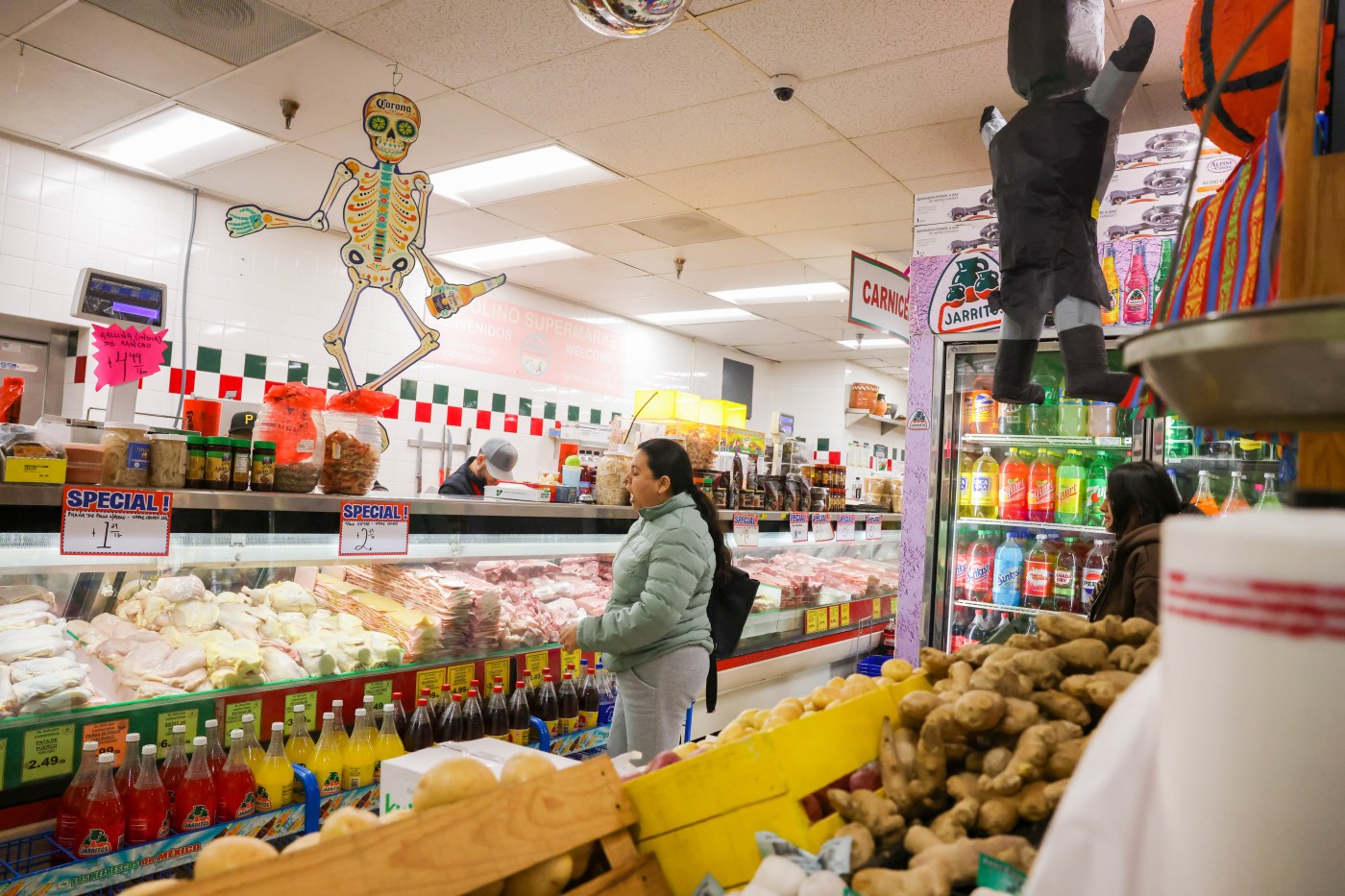Bay Area consumer prices rose in April at their smallest yearly pace in five years, according to a new report whose results contrast with dire prognostications from some experts about the impact of tariffs.
Related Articles
US and China take a step back from sky-high tariffs and agree to pause for 90 days for more talks
Here’s where HOA fees have surged the most in the Bay Area
Opinion: Fourth-largest economy? Californians can’t even afford essentials
Bay Area gas prices rise as just one refinery remains
Amid Cinco de Mayo celebrations, a tax on Mexican tomatoes looms
The inflation rate in the Bay Area, as measured by consumer prices, rose by a tiny 1.3% over the one-year period that ended in April, the U.S. Bureau of Labor Statistics reported Tuesday.
Similarly, the nationwide inflation rate increased by just 2.3% in April, the slowest yearly increase in four years, since 2021, the federal labor agency reported.
In the Bay Area, measured over the one-year stretch ending in April, unleaded gasoline prices fell, while the cost of food consumed at home rose by a miniscule amount.
However, some signs emerged that annualized prices for meat, fish, poultry — and eggs — have hopped higher.
Overall, consumers in the Bay Area appear to be getting a break from inflation, in sharp contrast to the brutally high spikes that occurred during 2021, 2022, 2023 and 2024.
Here are the details for annual price changes consumers encountered for an array of key categories in the Bay Area, as shown in the new report. All of the figures are changes over the one-year period ending in April:
— Food was up 2.1%.
— Food consumed at home rose 1%.
— Food away from home increased 3.7%.
— Gasoline prices, as measured by the unleaded grade, plunged 9.8%.
— Shelter costs rose 0.7%.
— Meat, poultry, fish and egg prices jumped 7.6%.
— Fruit and vegetable prices rose 2.2%.
— Dairy product costs fell 4.3%
— Cereal and bakery prices rose 1.3%
— Medical costs rose 2.8%.
— Apparel prices fell 0.7%.
Some analysts had predicted that the imposition of wide-ranging tariffs on an array of imported goods would shove prices higher.
However, that has yet to happen, both in the Bay Area and nationwide.
In the Bay Area, April’s yearly increase in consumer prices of 1.3% was the lowest since October 2020, when annual prices increased by 1.1%, the federal agency’s archives show.





